Education
Carleton University, Ottawa, Ontario, Canada
Bachelor of Engineering (Class of 2016)
- Major: Electrical Engineering
ONLINE COURSES
AMAZON WEB SERVICES
AWS Training & Certification - Machine Learning Data Readiness
- Identify machine learning data readiness.
- Determine when you need to employ data readiness techniques.
- Use the KNIME Analytics tool to prepare ML models with respect to data readiness.
- Conduct data readiness exercises using beginner, intermediate, and advanced techniques.
AWS Machine Learning Readiness Certificate
AWS Fundamentals: Going Cloud-Native | Coursera
- Introduction to Amazon Web Services (AWS) core services and infrastructure (learning to use and configure AWS services to deploy and host a cloud-native application)
- Introduction to cloud infrastructure, Amazon Elastic Compute Cloud (Amazon EC2), Amazon Lightsail compute services, Amazon Virtual Public Cloud (VPC) and different cloud storage options, including Amazon Elastic Block Storage (EBS), Amazon Simple Storage Service (S3) and Amazon Elastic File Service (EFS)
- Introduction to AWS Database services, such as Amazon Relational Database Service (RDS) and Amazon DynomoDB, and how to monitor and scale you application on AWS using Amazon CloudWatch and Amazon EC2 Elastic Load Balancing (ELB) and Auto Scaling
- A brief overview of security on AWS, as well as how to manage costs when using the AWS cloud platform.
Click here for more details on the course
AWS Fundamentals: Building Serverless Applications | Coursera
- Introduction to Amazon Web Services (AWS) serverless architecture via building real-world examples of a serverless website and chat bot.
- Implementation of the following AWS Services - Lambda, API Gateway, DynamoDB and Amazon Lex.
Click here for more details on the course
AWS Training & certification - The Elements of Data Science
- Problem formulation
- Exploratory data analysis
- Feature engineering
- Model training
- Tuning and debugging
- Model evaluation and productionizing
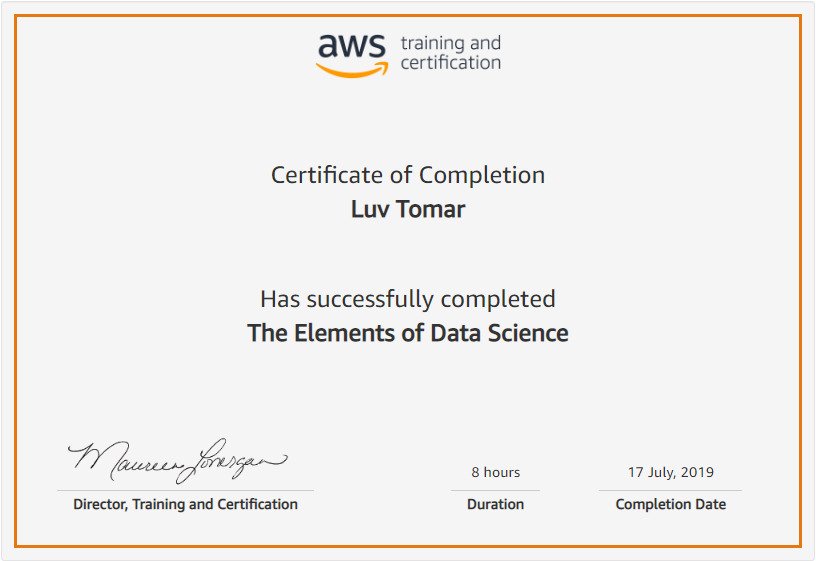
AWS Training & certification - AWS Database Offerings
- Nature of Data
- Relational Databases
- Non-relational Databases
- Database Migration
- Server-based Architectures
- Serverless Architectures
- Purpose-built Databases
AWS Training & certification - Amazon DocumentDB Service Primer
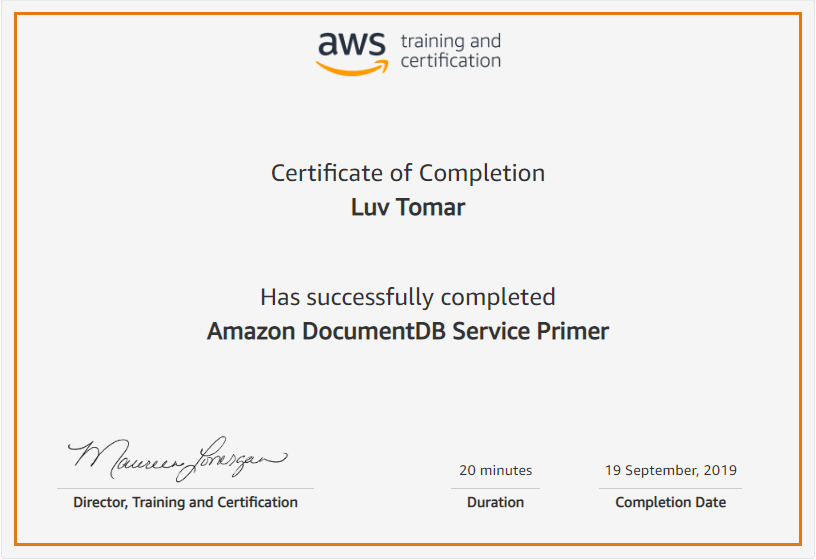
AWS Training & certification - Amazon Neptune Service Primer
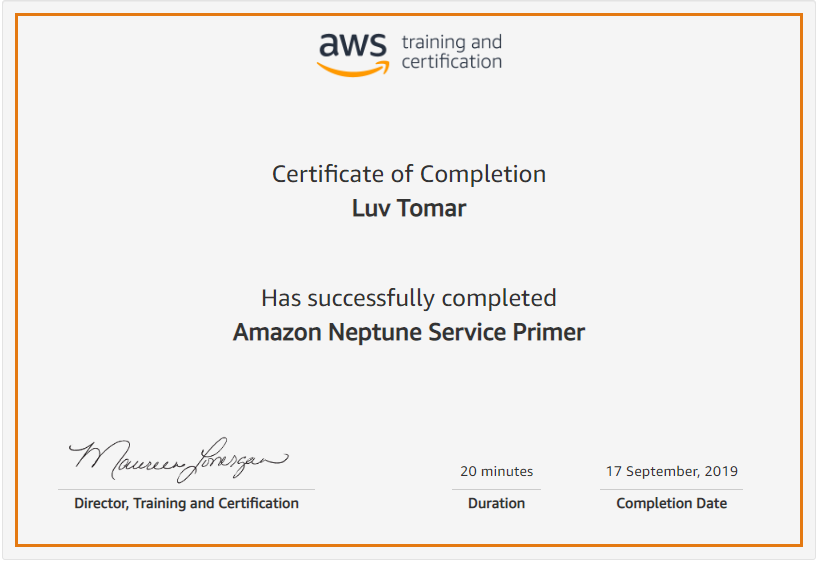
AWS Training & certification - Amazon Redshift Service Primer
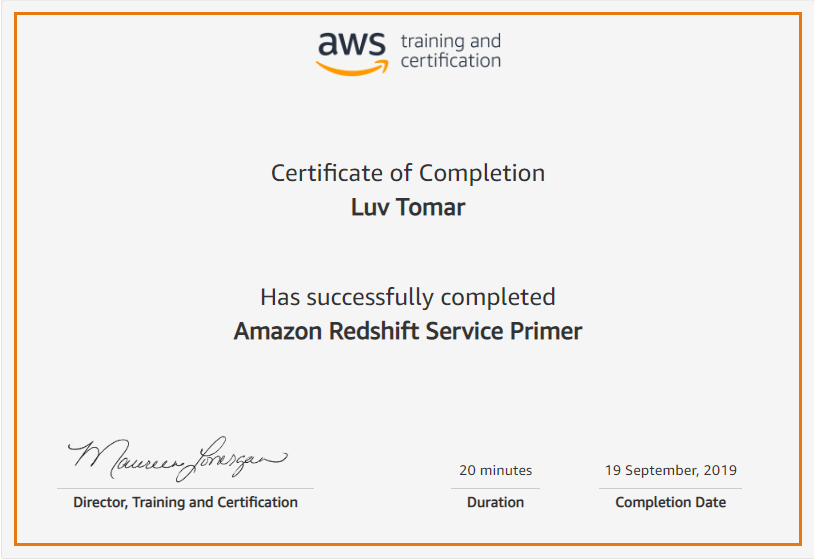
AWS Training & certification - Amazon ElastiCache Service Primer

AWS Training & certification - Data Analytics Fundamentals
AWS Training & certification - AWS Storage Offerings
GOOGLE CLOUD PLATFORM
Google Cloud Platform Big Data and Machine Learning Fundamentals
- Identify the purpose and value of the key Big Data and Machine Learning products in the Google Cloud Platform.
- Use CloudSQL and Cloud Dataproc to migrate existing MySQL and Hadoop/Pig/Spark/Hive workloads to Google Cloud Platform.
- Employ BigQuery and Cloud Datalab to carry out interactive data analysis.
- Choose between Cloud SQL, BigTable and Datastore.
- Train and use a neural network using TensorFlow.
- Choose between different data processing products on the Google Cloud Platform
Getting Started With Google Kubernetes Engine
- Understand container basics.
- Containerize an existing application.
- Understand Kubernetes concepts and principles.
- Deploy applications to Kubernetes using the CLI.
- Set up a continuous delivery pipeline using Jenkins.
- Locate more documentation and training.
Machine Learning with TensorFlow on Google Cloud Platform
This is a 5-course specialization consisting of the following courses:
- How Google does Machine Learning
- Launching into Machine Learning
- Introduction to TensorFlow
- Feature Engineering
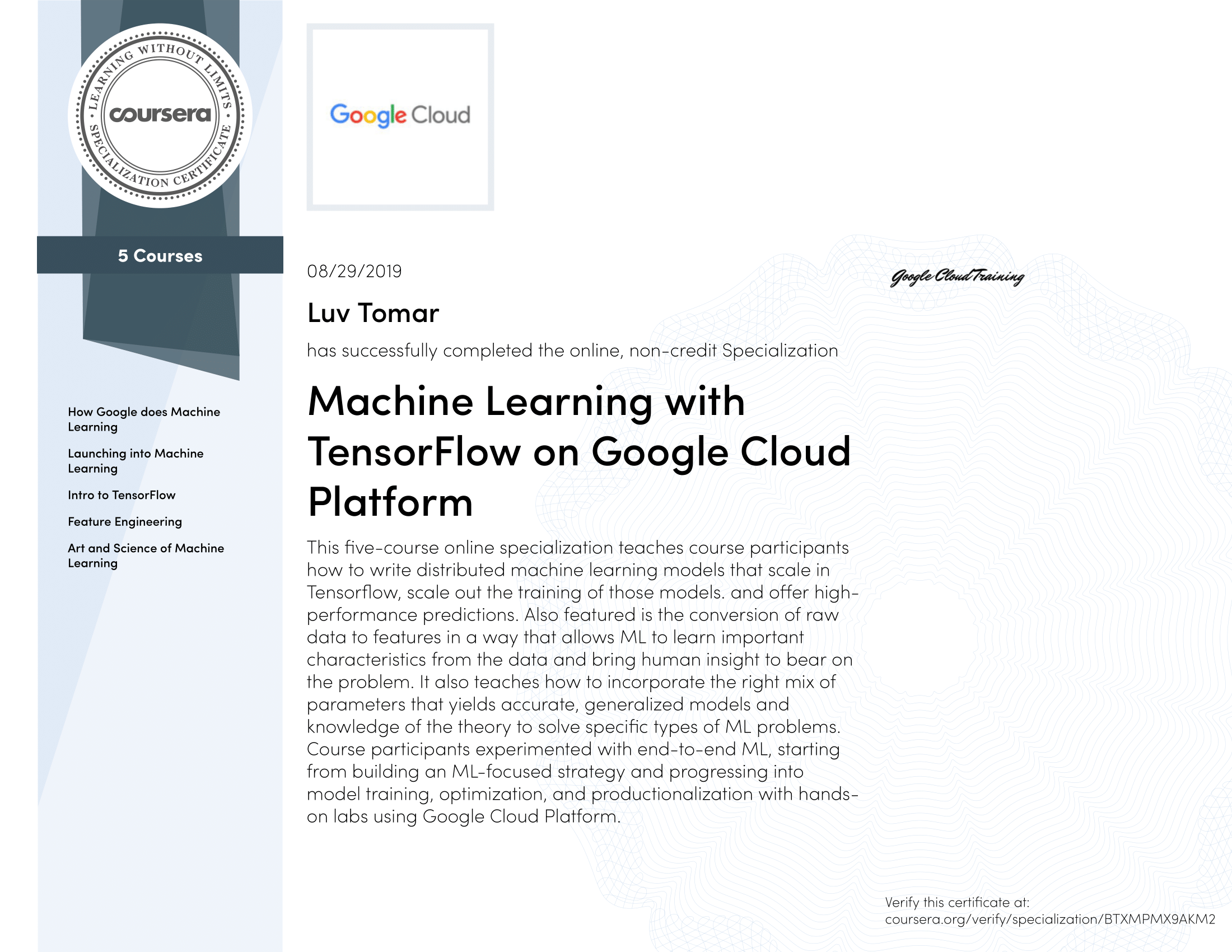
How Google does Machine Learning
- Learned to implement Google Cloud Datalab and access various API services, e.g., Google Translate, Vision API, etc.
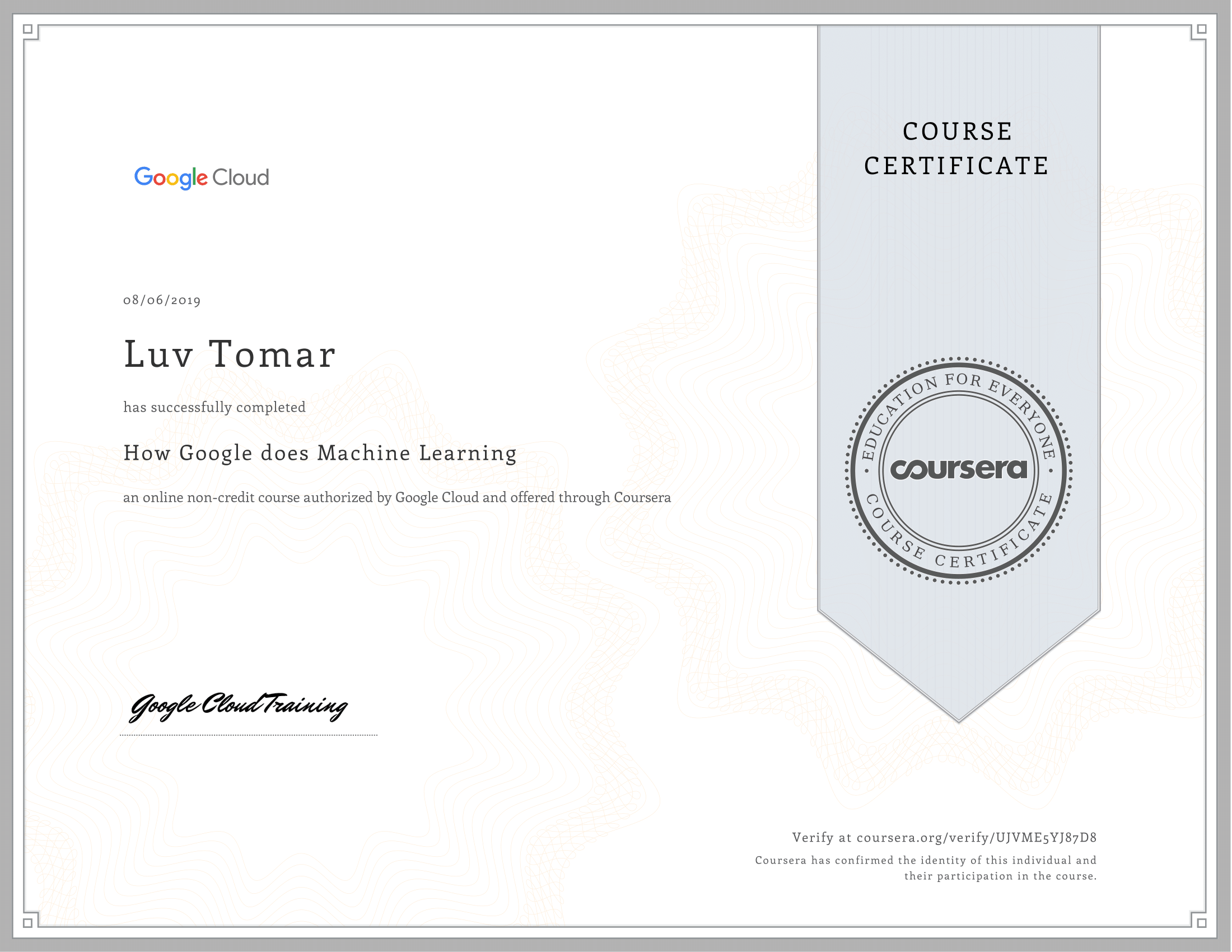
Launching into Machine Learning
Course Objectives:
- Identify why deep learning is currently popular.
- Optimize and evaluate models using loss functions and performance metrics.
- Mitigate common problems that arise in machine learning.
- Create repeatable and scalable training, evaluation, and test datasets.
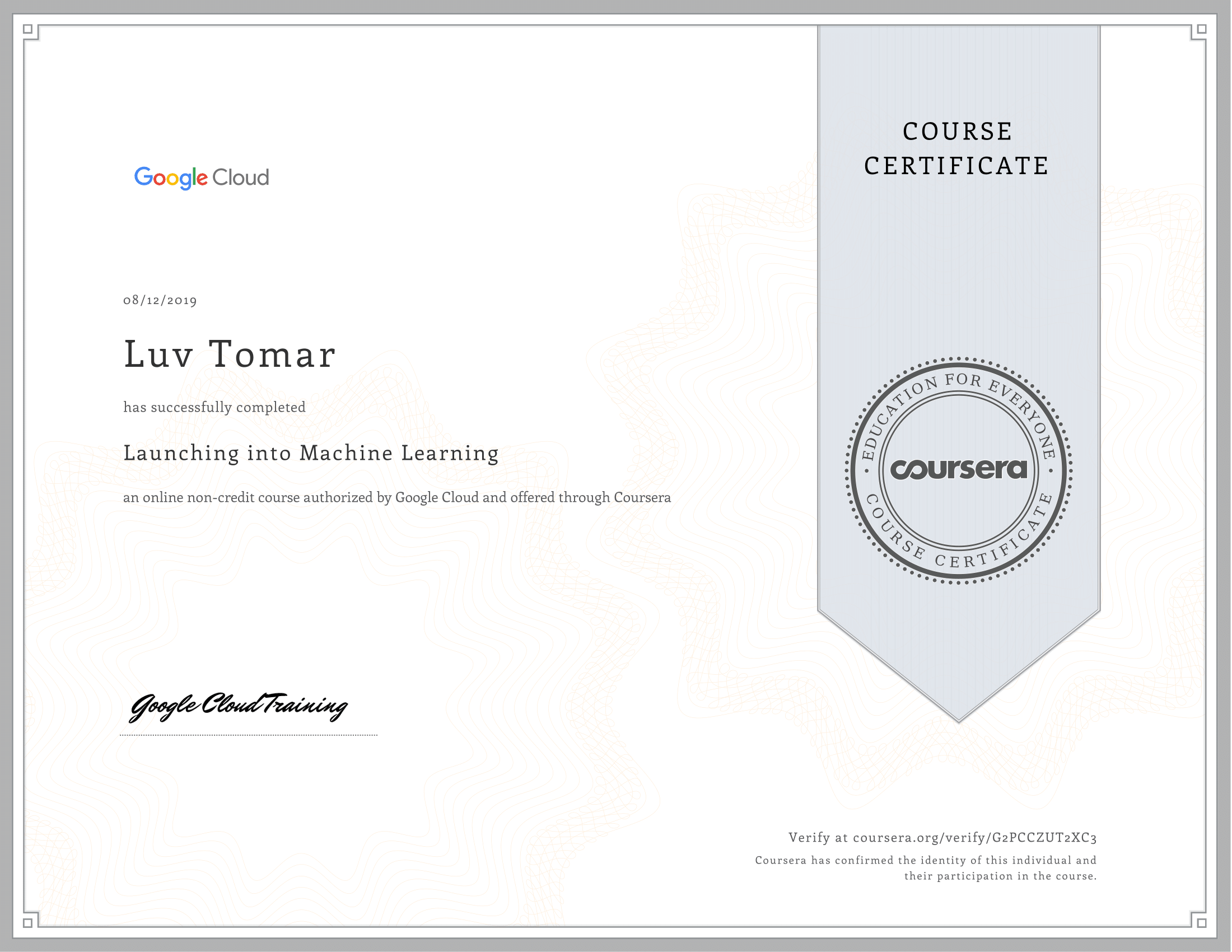
Intro to TensorFlow
Course Objectives:
- Create machine learning models in TensorFlow.
- Use TensorFlow libraries to solve numerical problems.
- Troubleshoot and debug common TensorFlow code pitfalls
- Use tf.estimator to create, train and evaluate an ML model.
- Train, deploy and productionalize ML models at scale with Cloud ML Engine.
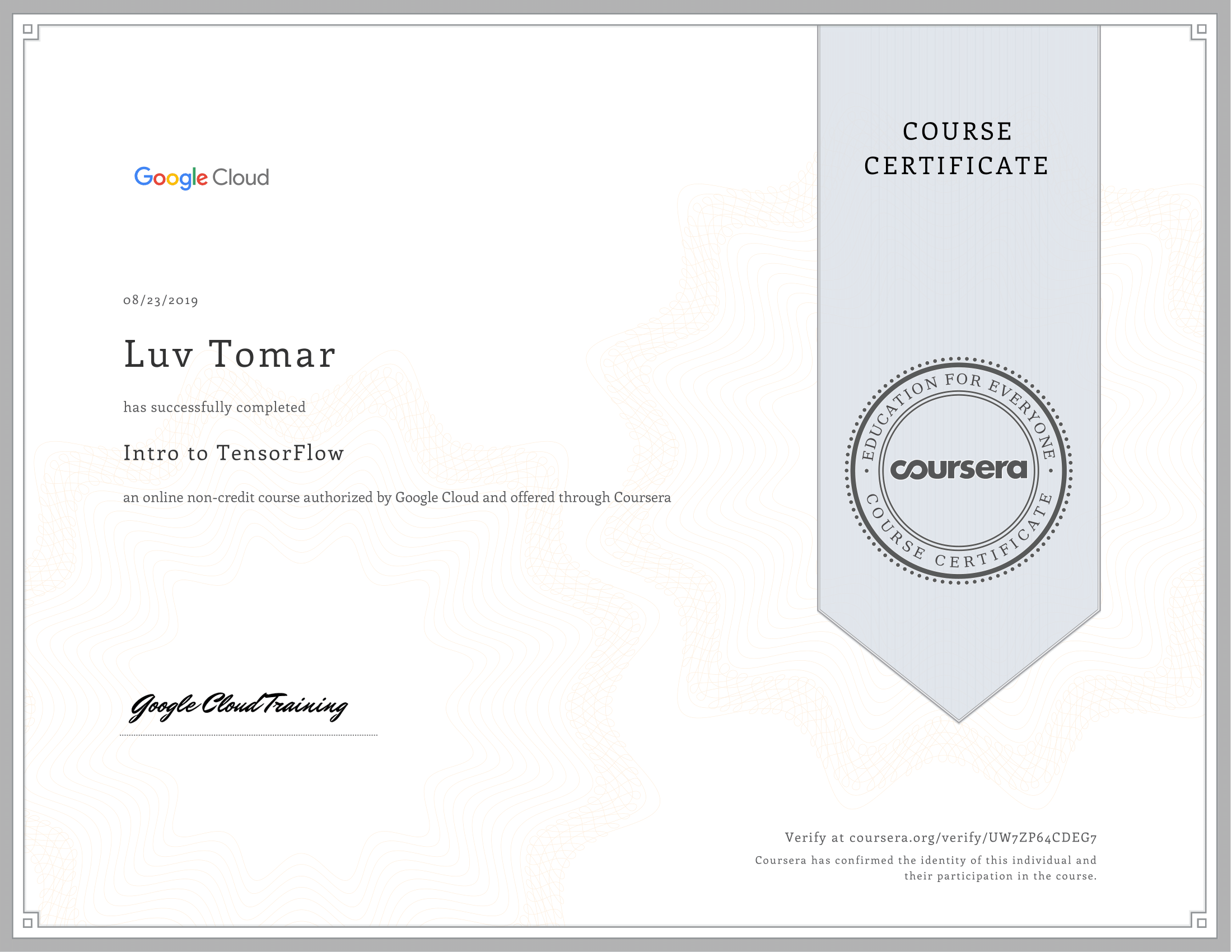
Feature Engineering
Course Objectives:
- Learn to improve the accuracy of ML models.
- Learn the different between good and bad features and how to preprocess and transform them for optimal use in ML models.
- Hands-on selection of featuers and preprocessing them in the GCP with interactive labs.
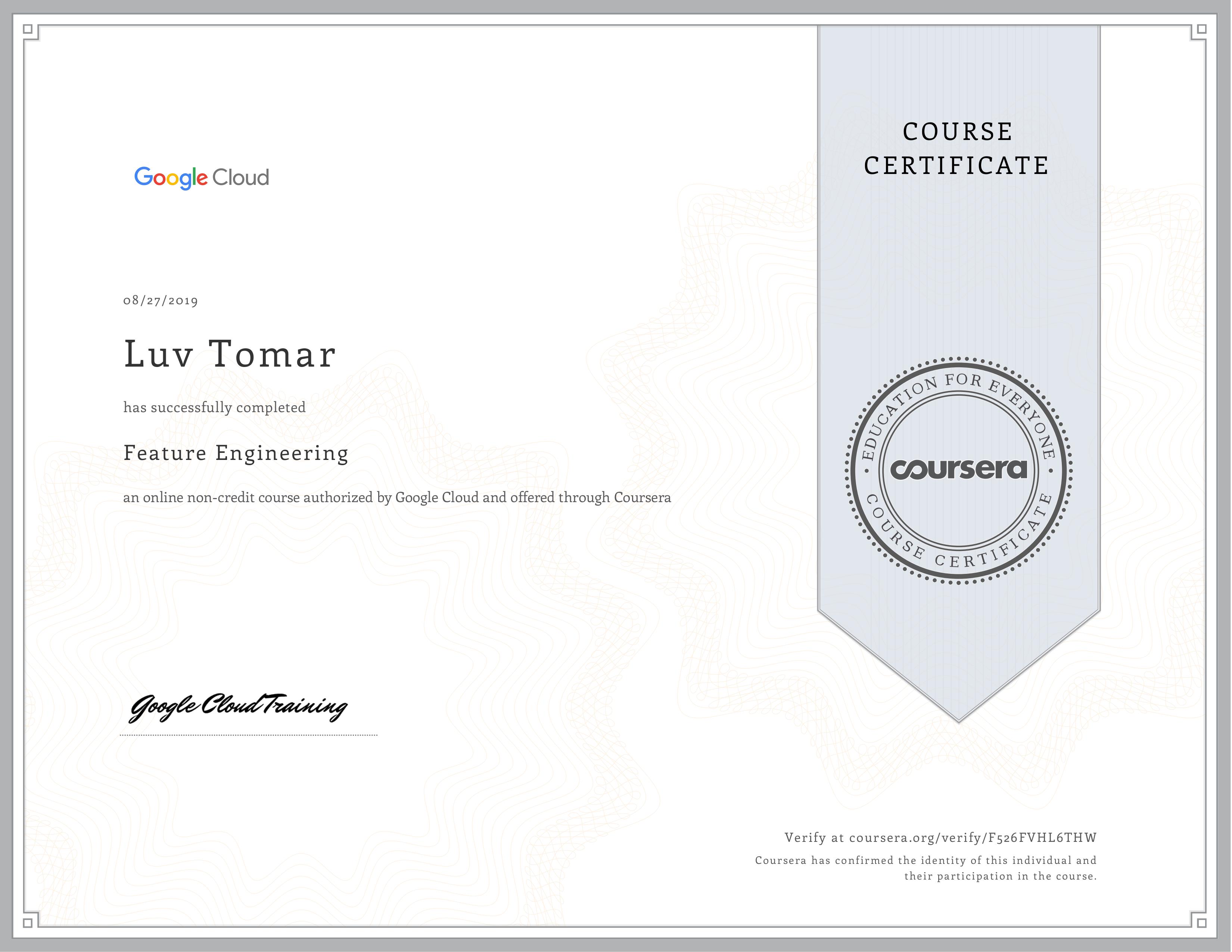
The Art and Science of Machine Learning
Course Objectives:
- Machine Learning based on intuition, judgement and experimentation for optimal performance.
- Learn the differences between parameters and hyperparameters, and learn to automate hyperparameter tuning via Cloud ML Engine.
- Performing regularization for sparsity for simpler and more concise models.
- Learn about logistic regression and determine performance.
- Learn about neural networks.
- Learn to use embeddings to manage sparse data and make machine learning models that use sparse data, consume less memory and train faster.
- Learn to write a custom estimator.
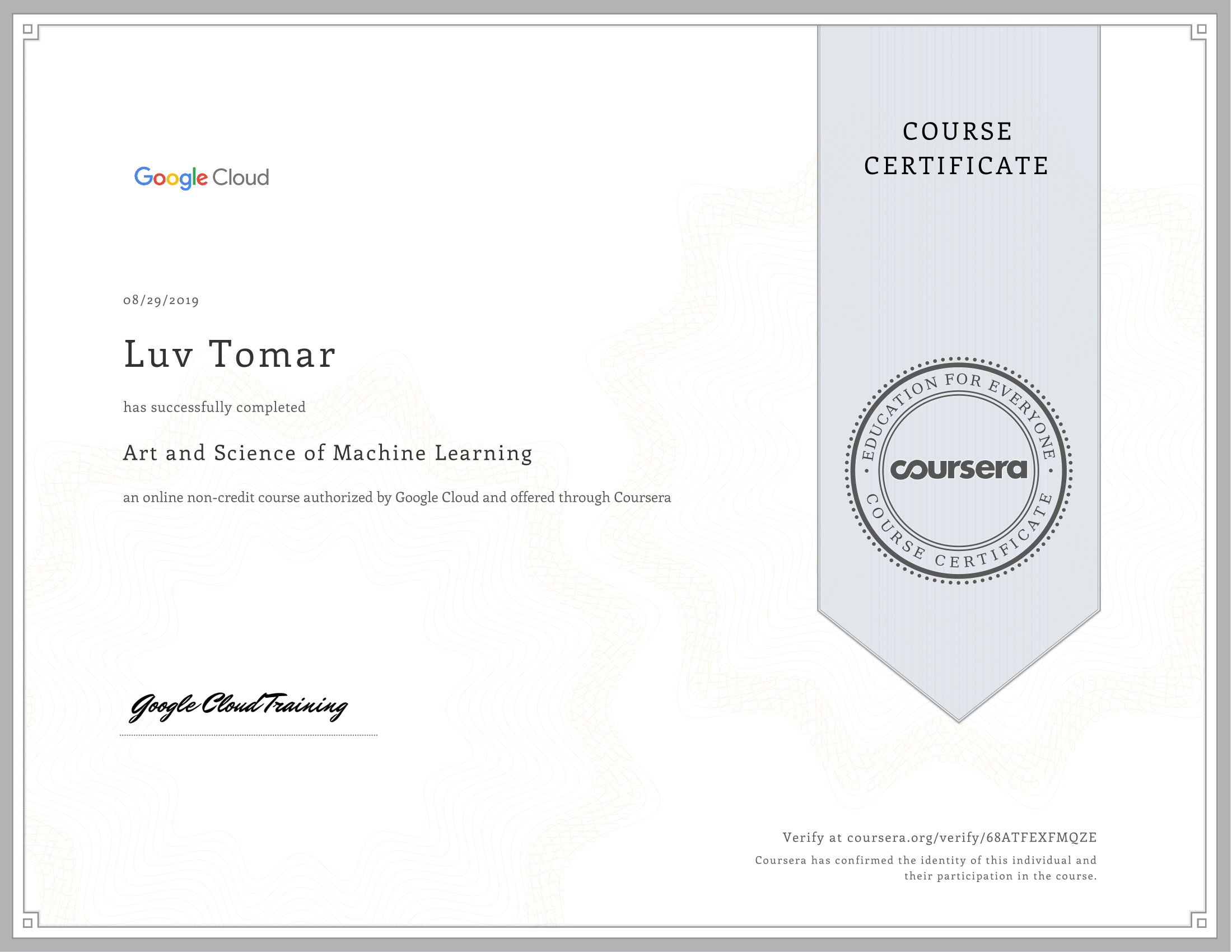
OTHERS
Machine Learning | Stanford University
- This is an entry level course I took to learn the basics of machine learning
- Through this course, I gained a much better understanding of what techniques to use to develop learning algorithms based on the given data
Click here for more details on the course